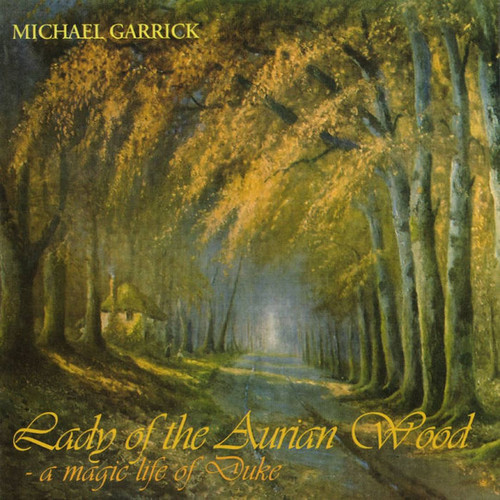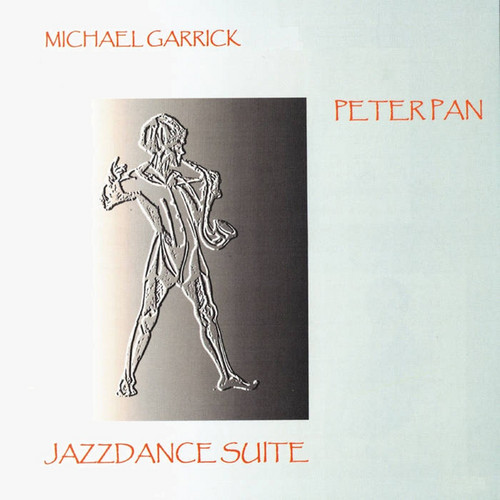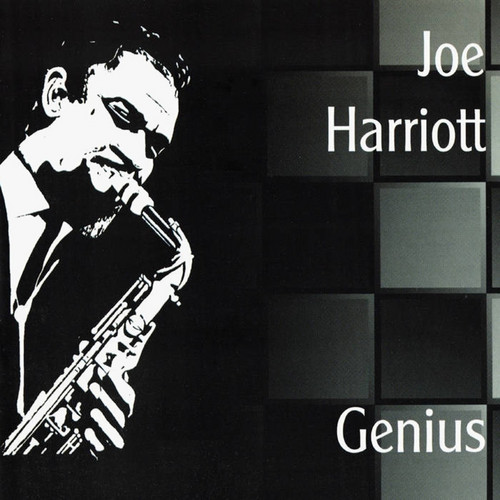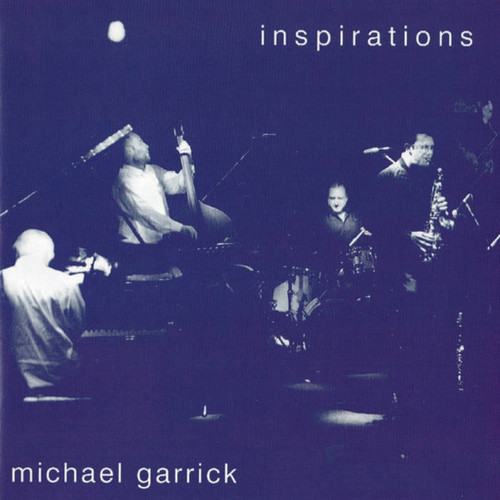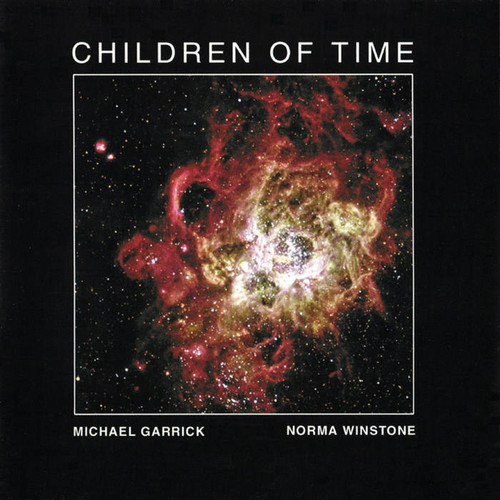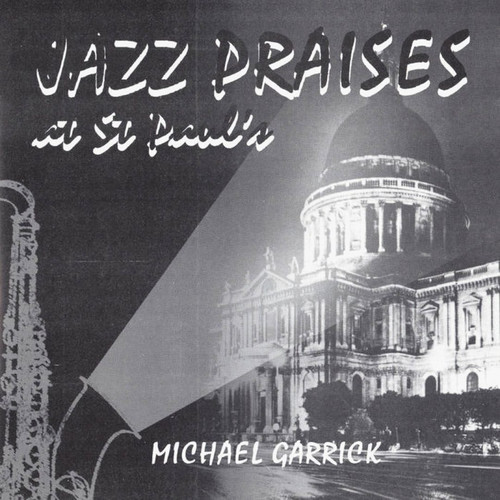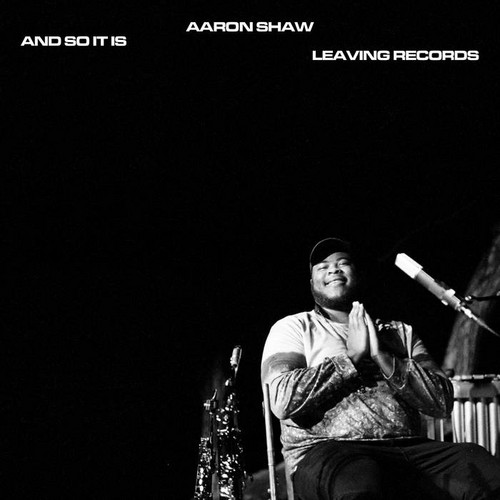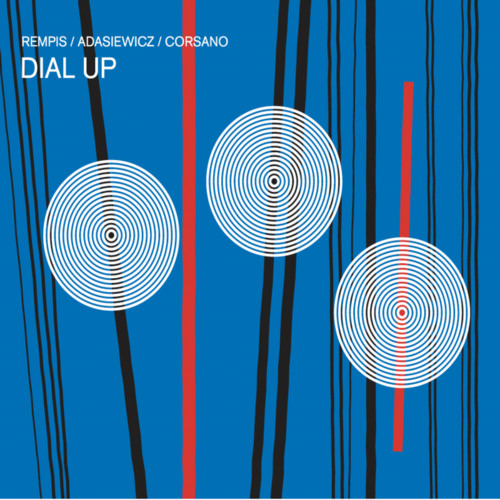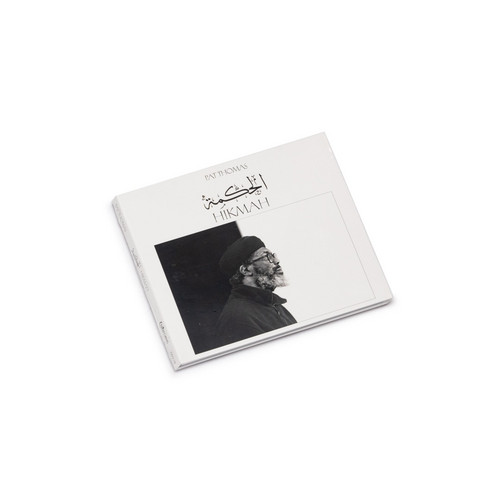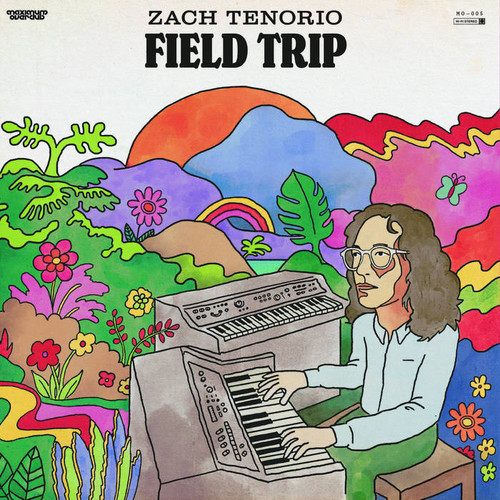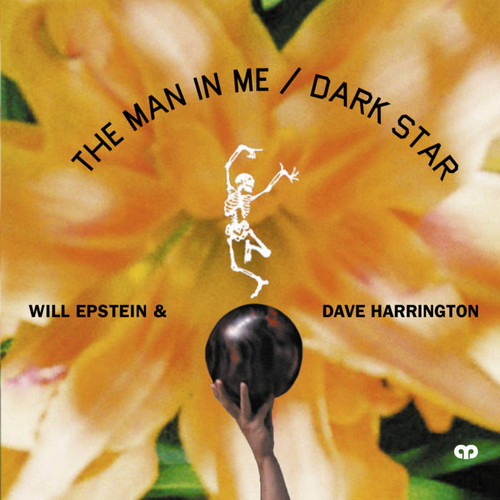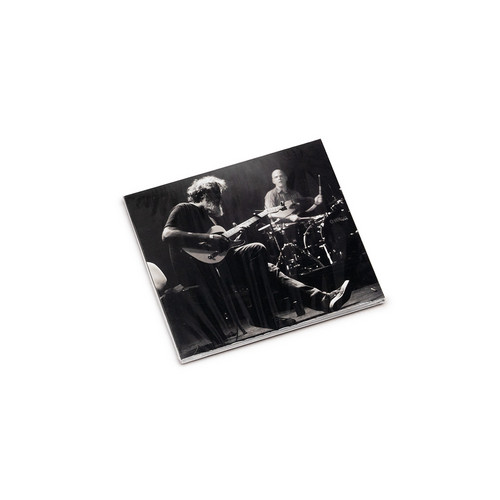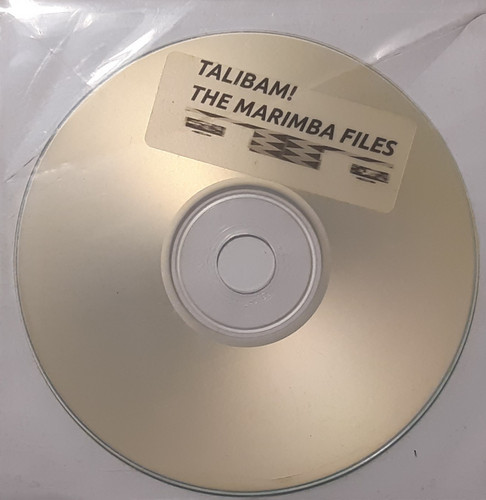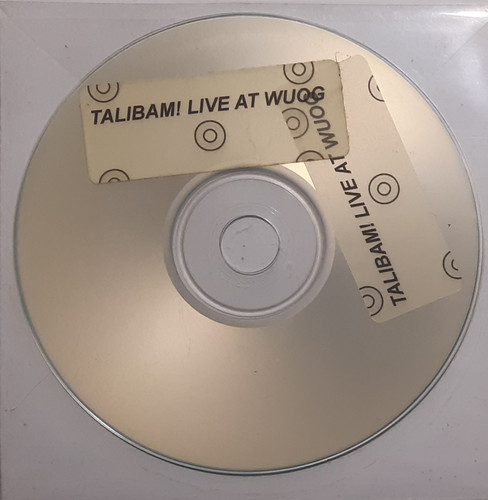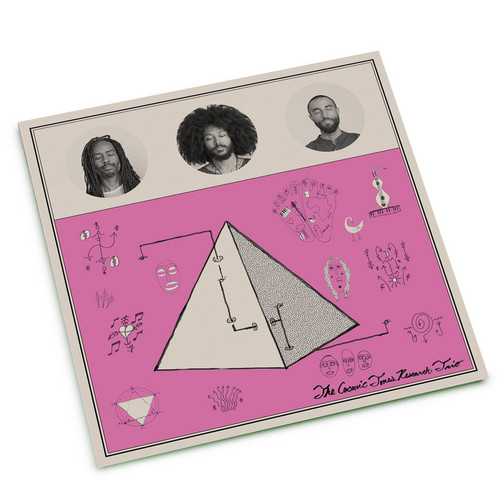Jazz /
Down on Your Knees
On Down on Your Knees, Michael Garrick revisits his sacred-jazz obsessions through the language of a modern small big band, setting hymns, blues, and standards in luminous, late-20th-century colour. With vocalist Anita Wardell alongside Martin Shaw, Steve Waterman, Jim Tomlinson and others, the 1999 album feels like a devotional songbook rewritten for restless, metropolitan believers.
Lady of the Aurian Wood: A Magic Life of Duke
In Lady of the Aurian Wood: A Magic Life of Duke, Michael Garrick salutes Ellington not with imitation but with a gleaming fever-dream of big-band narrative. Writing for the Michael Garrick Jazz Orchestra with Norma Winstone in a central role, he turns characters, ghosts and side-stories from Duke’s orbit into a 12-part, 75-minute suite of blues, prayer and hall-of-mirrors swing.
Peter Pan Jazzdance Suite
Peter Pan Jazzdance Suite lets Michael Garrick turn J. M. Barrie’s myth into airborne big-band theatre. Written for the Michael Garrick Jazz Orchestra and premiered for his 70th birthday, this 2003 suite paints Peter, Wendy, the Darlings, Tink, Hook, and the Lost Boys in vividly dancing themes that swing, drift, and menace by turns.
Genius
Genius presents Joe Harriott in full, volatile clarity, stitching together live free-form recordings from 1961 with sharper-edged studio sides and collaborations. Across these eleven tracks, his alto saxophone burns through hard bop, standards, and abstraction alike, supported by Coleridge Goode, Phil Seamen, and pianist Michael Garrick, among others.
Gigs: Introducing Michael Garrick
Gigs: Introducing Michael Garrick catches Michael Garrick on the bandstand rather than in the chapel, a pianist still forming his voice through standards, ballads, and early originals. This live-feeling 2008 release frames him with a tight trio setting, revealing a restless, harmonically alert player already bending the jazz canon toward his own lyric intensity.
Yet Another Spring
On Yet Another Spring, Michael Garrick enlarges his sacred-jazz universe into a full-scale orchestral meditation on birth, loss, and renewal. Scored for the Michael Garrick Jazz Orchestra with recurring features for Norma Winstone, the 2006 suite moves from intimate prayer to blazing big-band catharsis, treating the life cycle as both liturgy and drama.
Inspirations
Inspirations finds Michael Garrick turning inward with his New Quartet, distilling a lifetime of big ideas into melodic, small-group conversation. Recorded in 2006, it honours John Coltrane’s legacy without mimicry, letting Garrick, Martin Hathaway, Paul Moylan, and Alan Jackson reimagine spiritual intensity as supple, lyrical post-bop.
Children of Time
On Children of Time, Michael Garrick stretches his sacred-jazz imagination into cosmic scale, writing for the Jazz Britannia Orchestra and reuniting with vocalist Norma Winstone to explore creation myths, Eucharistic ritual, and his own visionary texts. The result is a 2006 suite that feels like a liturgy drifting through deep space, turning theology into glowing, unsettled sound.
Jazz Praises at St. Paul's
With Jazz Praises at St. Paul's, Michael Garrick welds liturgical grandeur to jazz improvisation, conjuring an atmosphere as reverent as it is free. Featuring the Michael Garrick Sextet, John Marshall, and the St. Paul’s Cathedral Choir, this 2005 release radiates both spiritual inquiry and creative boldness, transcending boundary with every motif.
And So It Is
By no means a secret, (and in steady demand,) but certainly in the category of IYKYK, multi-instrumentalist Aaron Shaw is one of Los Angeles’s brightest young Composers, Producers, Arrangers, Band Leaders, and Music Directors. In his Home Studio that he shares with his older Brother, Lawrence (together making up the group Black Nile), Shaw can be found playing Saxophones, Clarinets, Flutes, Keyboards, Drum Machines, and also Engineering Sessions. A frequent fixture at The World Stage in Leimert …
Dial Up
There are super groups, and then there are Supergroups. This trio, comprised of three prolific journeymen improvisers whose work has been recognized across the globe, is neither. This is a band of down-to-earth, hard-working musicians, whose focus and dedication to the music is exceptional. That’s not to say that these three don’t have a combined CV that straddles a who’s who list of contemporary music across multiple scenes. But their ethos is one that emanates from their midwestern locale …
Translition 2 Siriusness
2015 release (VERY RARE!) ** Talibam!'s unique handmade / limited-edition packaging for their QR code LP "Translition 2 Siriusness". Unplayable hand-painted record in hand-painted sleeve.
Hikmah
Hikmah is the astonishing new solo piano work from Pat Thomas - virtuosic sound scientist, deep and compassionate thinker, and UK-based musical treasure. A singular album in his now substantial body of work, it marks his first release for TAO Forms. Born in Oxford to Antiguan parents on July 27, 1960, Thomas belongs to a remarkable generation of piano masters. Just over four months separate his birth from that of Matthew Shipp (December 7, 1960) - whose The Piano Equation inaugurated the TAO For…
Field Trip
Zach Tenorio invites listeners on an immersive auditory adventure with his latest release, Field Trip. This captivating album showcases a rich tapestry of sound, blending ambient textures, intricate rhythms, and evocative melodies that transport the audience through vivid emotional landscapes. Field Trip exemplifies Zach Tenorio’s innovative approach to music production, where organic elements seamlessly merge with electronic flourishes. Each track unfolds with a cinematic quality, encouraging l…
The Man In Me / Dark Star
*100 copies limited edition* "Will and I have been playing together for a very long time and in a lot of very different contexts. Our musical history goes back to playing basements and art galleries in Providence in 2008, wanders through a years-long informal residency playing as a sax and guitar duo in Bushwick and Ridgewood, and brings us up to just last week when Will joined Taper’s Choice at a sold out Brooklyn Bowl to celebrate Relix Magazine’s 50th anniversary—more on that again later. In …
"First Set" Live At ETA
*200 copies limited edition* "The contemporary Los Angeles jazz renaissance has a rich cast of characters. Among the most interesting are Dave Harrington, Billy Mohler, and Jay Bellerose, all established players with fascinating discographies. While these musicians are integral to the current L.A. jazz scene, they’ve traveled various pathways to their current destinations. Harrington is a composer and multi-instrumentalist, well-known as the guitarist for Darkside, who have recorded extensively …
Made Out Of Sound
*2025 stock* "Sadly, many will hear Chris Corsano & Bill Orcutt's latest LP, Made Out of Sound, as 'not-jazz,' though it would be more aptly described as 'not-not-jazz.' In a better world, it would warrant above-the-fold reviews in Downbeat, or an appearance on David Sanborn's late-night show (if someone would only give it back to him). More likely, we can hope for a haiku review on Byron Coley's Twitter timeline to sufficiently connect the various improvised terrains trodden by this long-time d…
All is Sound
Portland trio offering a distinctive contribution to the lineage of Great Black Music. All is Sound - now reissued - positions itself at the intersection of several African-American musical traditions: the meditative modality of Alice Coltrane's ashram recordings, the cosmic expansiveness of Sun Ra's quieter moments, and the devotional intensity that Pharoah Sanders brought to his late-period work.
The Cosmic Tones Research Trio comprises alto saxophonist and composer Roman Norfleet, cellist and…

